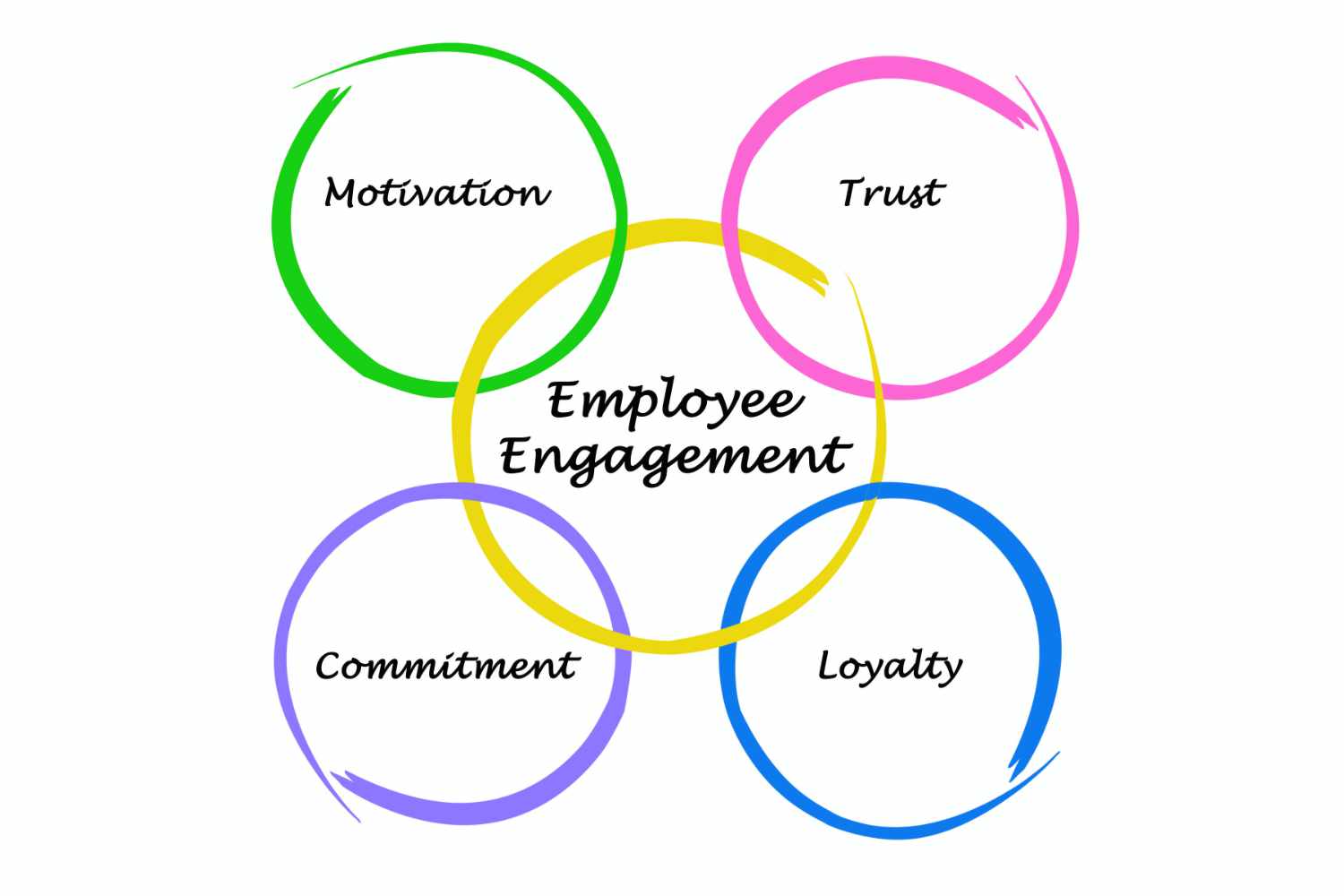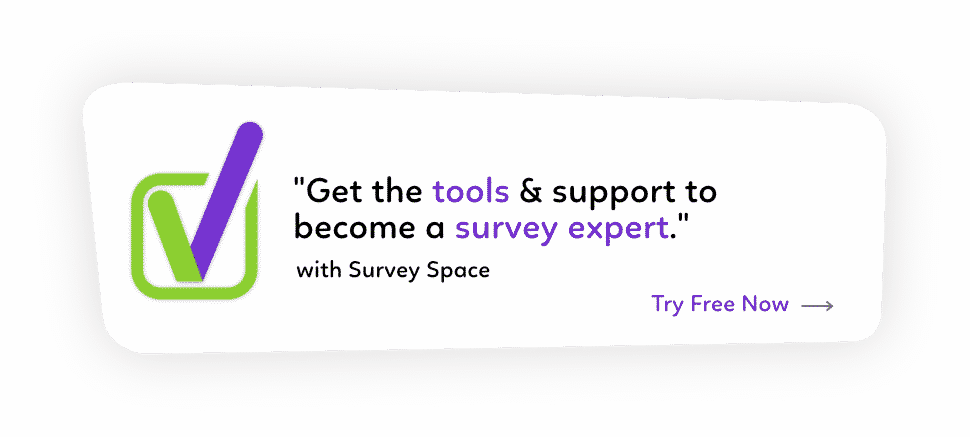How to Engage Employees? Where to Start?
Have you heard the phrase that somebody is a born leader? Historically, this usually means someone is born into a family of leaders. In modern life, the term is somewhat of a throwaway line. That’s because anybody can be a great leader, but it takes hard work, practice and a commitment to learning.
We mention leadership right off the bat because today we’re talking about employee engagement. Engaged employees are happier, perform better and produce better results. Workplaces with high levels of employee engagement are usually a lot more fun to work in, meaning they’re also able to attract and retain top talent. We also know that employee engagement starts at the top, and rarely occurs without good leadership.
So, for all the leaders out there, here are a few tips on how to engage employees.
Understand employee concerns
One of the best ways to understand what your staff need from you as an employer is to ask. Now, it’s not always possible to physically go and talk to everybody. This method is often ineffective anyway, because people are less likely to speak openly. So, the best way to get a feel for your employee engagement levels is through surveys.
You can do quick employee pulse surveys, or more detailed employee engagement surveys. You can even make them anonymous, giving staff the freedom to speak honestly about how they’re feeling and what could be improved.
Take action on employee survey results
When you run staff surveys, the key is to take action on the results. If you conduct employee engagement surveys and the staff see no changes, it leads to further disengagement. As a first step, once you’ve analysed the results, you should openly and honestly share this with your teams. You may not have all the answers to fix everything straight away, but you can show that you take the results seriously rather than hiding them.
Then, formulate a detailed, time-specific action plan to address employee concerns. While it’s not possible to instantly give people a pay rise or change their roles, there are plenty of other employee engagement issues you can address.
Genuinely get to know your people
Another way to increase employee engagement is to actively get to know your staff. Now, obviously in a large multi-office company, you don’t expect the CEO to know every staff member’s kid’s names. However, somebody in the leadership group should. Whether it’s a direct team leader or a site manager, it’s important for leaders to acknowledge employees as people more than workers.
When leaders show an interest in people’s lives outside work, it creates a great working culture. It also makes the next step a whole lot easier.
Recognise achievements and moments
Recognising achievements of staff is crucial, but it needs to be genuine. Don’t focus on forced award ceremonies, but rather concentrate on ad-hoc acknowledgement. Most staff would prefer a genuine ‘thanks’ or a team email highlighting their great work over some kind of award that feels forced. However you choose to acknowledge your staff, ensure you do something, because research indicates that 79% of people who leave jobs do so because of lack of appreciation.
The other important thing to recognise is memorable moments. We’re talking about life events, such as birthdays, sporting achievements, even years of service. According to Globoforce, 90% of people who have had 5 or more life events celebrated at work feel they belong.
Say goodbye to micromanaging
Most people have been micro-managed at one time or another, and it’s fair to say that nobody enjoys it. There’s a big difference between helping new staff through process, or even helping existing staff with new roles and micro-managing people unnecessarily.
Trust that your people are capable of producing results without being harassed to do so. There’s a time and a place to address performance issues, but it’s not every hour of every day!
Offer flexible working arrangements
If the Covid-19 pandemic has taught us anything, it’s that the traditional work day of spending 9-5 in an office is outdated. Businesses have had to adapt to remote working and helping staff members manage their family and work responsibilities flexibly. So, to say that you can’t offer flexibility for your employees is probably not true.
If you’ve got staff with family issues, caring responsibilities or even just other interests outside of work, always be open to flexibility. Work-life balance is a huge thing for staff these days, and providing this where possible goes a long way towards boosting engagement.
Make all roles fulfilling
Many people feel they’re not challenged in their roles, and this leads to disengagement. If you’ve ever been in a job where you’re on autopilot, you know what we mean. Its hard to get enthused about coming to work every day knowing you could do your tasks in your sleep.
So, to keep employees fresh and engaged in the workplace, offer them genuine opportunities to branch out and expand their skills. Whether its learning and development or even job shadowing, let them broaden their horizons. Many may surprise you with the value they can add to the business when given a chance.
Performance management goes both ways
We mentioned micromanaging before as a big no-no. However, that doesn’t mean you shouldn’t address performance issues with staff. In fact, most people expect and even want this sort of interaction. People would much rather know if they’re doing something wrong, and they actually embrace the opportunity to learn. Also, it’s frustrating for high-performing staff when they see the poor performance of others not being addressed.
In addition, make sure your performance management goes both ways. A valuable tool for this is 360-degree feedback. In a one-on-one situation, you as a leader ask the employee to honestly rate your performance too. Are there things you could do better? Is there anything the employee needs from you in order to succeed in their role?
This sort of openness goes a long way to fostering a performance-building culture, and most of all, helps to keep employees engaged.





